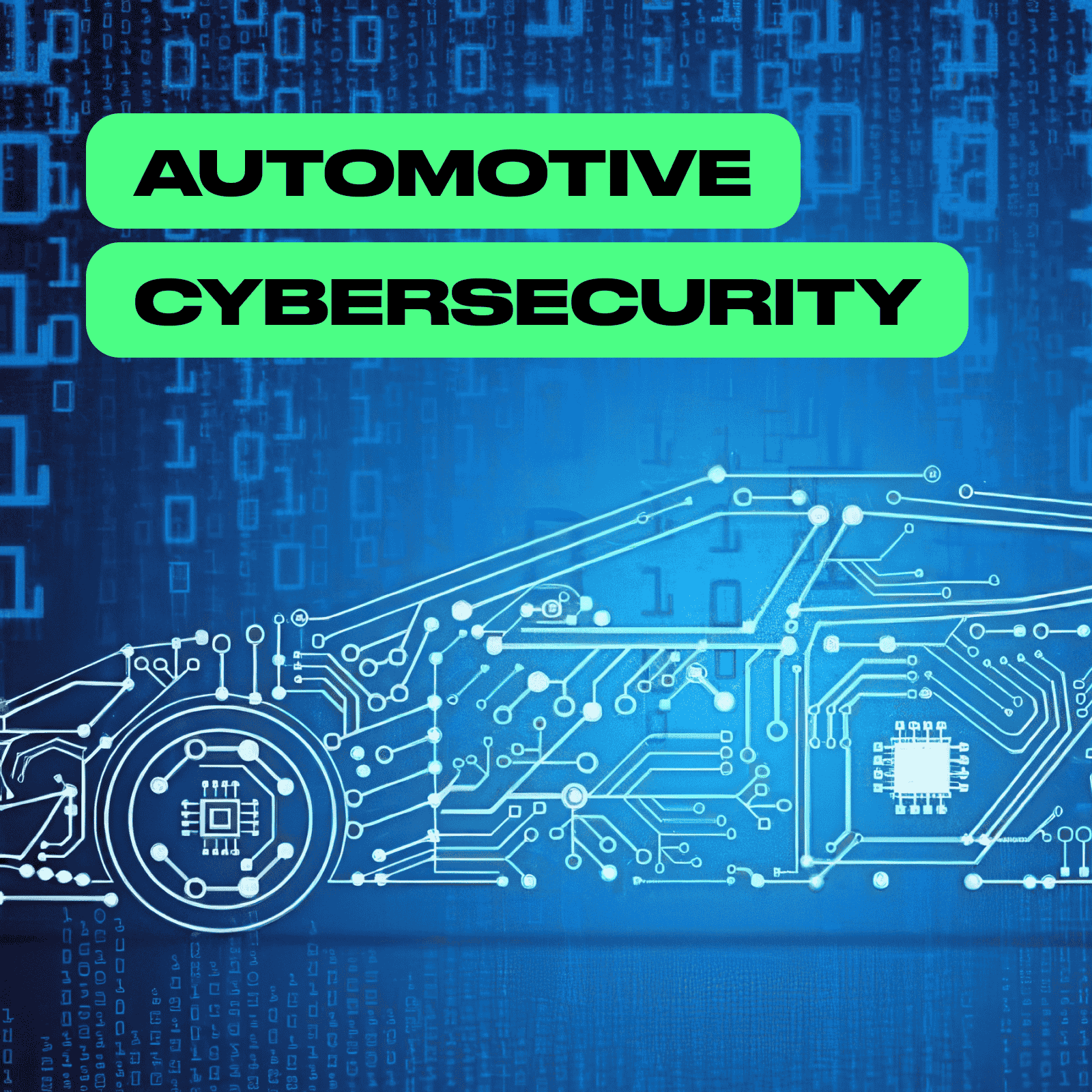As vehicles become smarter and more connected, the importance of automotive cybersecurity has skyrocketed. From navigation systems to over-the-air updates, today’s cars are essentially computers on wheels. But with connectivity comes vulnerability—and cybercriminals are evolving just as quickly as the technology itself.
In 2025, modern vehicles can be remotely accessed, tracked, or even disabled. Once considered sci-fi scenarios, these threats are now very real. As a result, vehicle cybersecurity is no longer a luxury—it’s a mission-critical necessity. Automakers, regulators, and drivers must now treat digital protection as seriously as physical safety measures like airbags and seat belts.
And it’s not just software at risk. Devices like automatic license plate readers can capture data about your movements without your consent. That’s why many drivers now use tools like the Alite Blackout system—a smart privacy solution that helps limit unwanted tracking in legal situations.
This shift represents a fundamental change in how we think about driving. Security now extends far beyond theft prevention—it’s about protecting data, identity, and control over your vehicle in real time.
Growing Threats to Vehicle Cybersecurity in 2025
The attack surface for connected vehicles is growing rapidly. Infotainment systems, telematics, GPS tracking, and smartphone integration all represent potential entry points for hackers. Some of the most common vehicle cybersecurity threats include:
- Remote hacking of vehicle controls (locks, brakes, steering)
- Data theft from onboard systems and user apps
- Signal spoofing via key fob cloning or GPS manipulation
- Malware injection through USB ports or software updates
These threats aren’t hypothetical. In recent years, researchers and bad actors alike have exploited vulnerabilities in both personal vehicles and commercial fleets. As we move deeper into the age of autonomous and electric mobility, the urgency to secure automotive systems grows every day.
New Regulations and Standards for Automotive Cyber Security
Governments and industry groups are stepping up to meet the challenge. In the U.S., the National Highway Traffic Safety Administration (NHTSA) and Department of Transportation have issued cybersecurity guidelines. Internationally, standards like ISO/SAE 21434 and UNECE WP.29 are being adopted across manufacturing.
Key regulatory focuses include:
- Secure software development from the ground up
- Real-time threat detection and response
- Over-the-air (OTA) security patches
- Driver education to prevent social engineering attacks
These frameworks aim to unify safety protocols and create a baseline for automotive cyber security across the globe. Yet, adoption rates vary—and that puts some drivers more at risk than others.
How Blackout License Plate Covers Enhance Privacy Protection
While most discussions on automotive cybersecurity revolve around software and networks, physical privacy remains an important piece of the puzzle. One major concern is automated surveillance—especially from license plate readers. These systems are now commonplace in toll booths, shopping centers, parking garages, and even police cruisers.
That’s why more privacy-conscious drivers are turning to products like the Blackout license plate cover. This electronic license plate hider allows you to temporarily conceal your plate in legal scenarios such as private shows, driveway storage, or photography. It’s not a substitute for digital cybersecurity, but it complements it by protecting your real-world identity.
In a world where even your license plate can trigger data collection, owning a license plate blackout system becomes an act of control. It empowers you to decide when and where your plate is visible, helping limit unnecessary exposure.
Best Practices for Strong Automotive Cybersecurity
Modern car owners can no longer ignore the digital risks that come with ownership. To stay safe in 2025, combine best practices in automotive cyber security with awareness of how your physical vehicle is monitored and recorded.
Digital Security Tips:
- Use strong, unique passwords for vehicle apps
- Update your vehicle’s software regularly
- Avoid connecting to public Wi-Fi while driving
- Don’t plug unknown USB devices into your car
Physical Privacy Tips:
- Park in secured, well-lit areas
- Cover your VIN when photographing or sharing your car online
- Use a Blackout system when privacy is essential (legally)
- Stay informed about how license plate blackout tools are regulated in your state
Together, these steps reduce your exposure to cyber risks while enhancing your control over data tied to your vehicle.
In 2025, automotive cybersecurity has become a fundamental part of what makes a vehicle safe. No longer just a concern for IT professionals or car manufacturers, it’s now a responsibility shared by everyone who gets behind the wheel.
Protecting your vehicle means defending it from both digital and physical threats. While firewalls and encryption guard the virtual side, tools like the Alite Blackout system help you manage your visibility in the real world.
Whether you’re a tech-savvy driver or just someone who values privacy, staying informed about vehicle cybersecurity is essential. From software patches to license plate hider systems, proactive protection isn’t optional—it’s the new standard for safe and secure driving.





